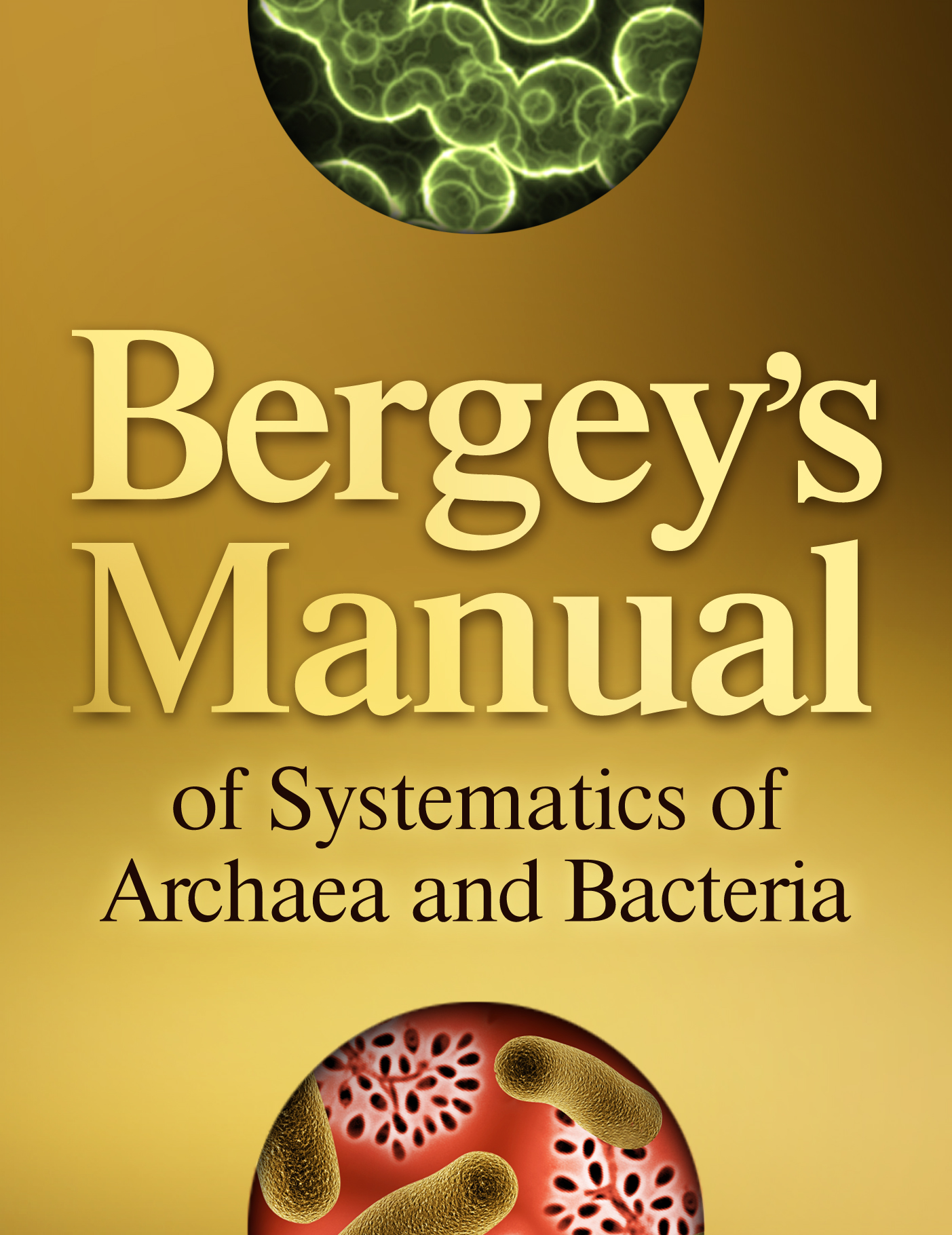Abstract
A.neu.ri.ni.ba.cil'lus. N.L. n. aneurinum thiamine; L. dim. n. bacillus small rod; N.L. masc. n. Aneurinibacillus thiamine-decomposing small rod.
Firmicutes / “Bacilli” / Bacillales / “Paenibacillaceae” / Aneurinibacillus
Gram-positive, rod-shaped cells, 0.5–1.0 µm by 2.0–6.0 µm, and motile by peritrichous flagella. Ellipsoidal spores, one per cell, are borne centrally, paracentrally, and subterminally and may swell the sporangia. Strictly aerobic, but one species is microaerophilic. Grow on routine media such as nutrient agar and trypticase soy agar. Decompose thiamine. Catalase-positive, weakly positive or negative. Variable for nitrate reduction and hydrolysis of casein, gelatin, starch, and Tween 80. Urea is not hydrolyzed and indole is not produced. Growth temperature range is from 20 to 65°C. Growth occurs at pH 5.5 to 9.0. Growth occurs in the presence of 2–5% NaCl; some strains grow weakly at 7% NaCl. Few carbohydrates are assimilated and acid is produced weakly, if at all, from them; amino acids and some organic acids are used as carbon sources. The major cellular fatty acid components (ranges as percentages of total are given in parentheses) are C15:0 iso (41.9–66.8), C17:0 iso (1–23.8), C16:0 (1.8–8.5), and C16:0 iso (0.5–6.6). The major quinone is menaquinone 7. A specific S-layer protein is present.
DNA G+C content (mol%): 42–47.
Type species: Aneurinibacillus aneurinilyticus (ex Aoyama 1952) Heyndrickx, Lebbe, Vancanneyt, Kersters, De Vos, Logan, Forsyth, Nazli, Ali and Berkeley 1997, 815VP (Bacillus aneurinolyticus Shida, Takagi, Kadowaki, Yano, Abe, Udaka and Komagata 1994b, 146; Aneurinibacillus aneurinolyticus Shida, Takagi, Kadowaki and Komagata 1996a, 945).



